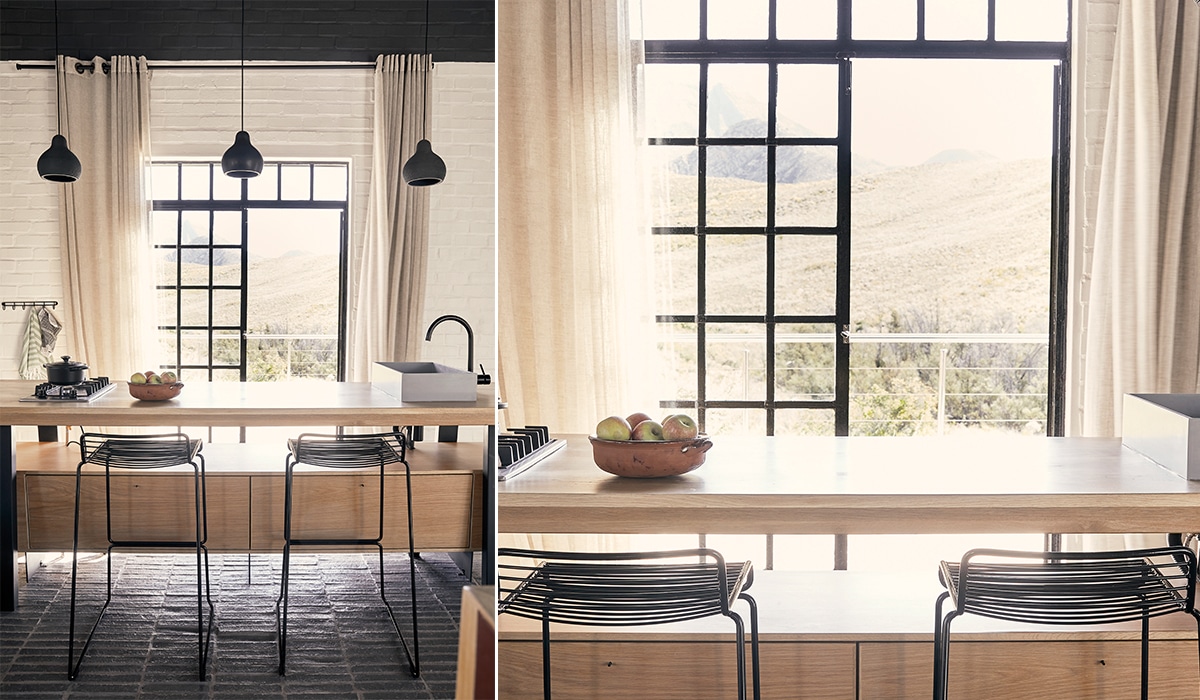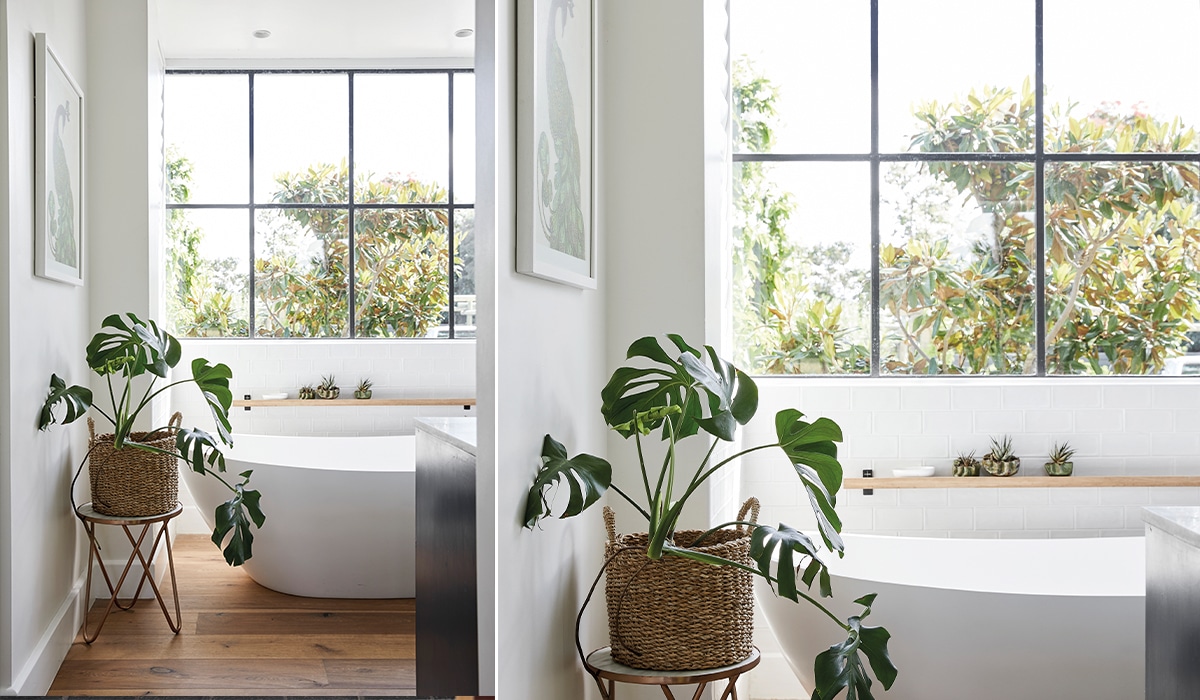Ensuring that your home is well-ventilated should be a top priority. Here are architect-approved tips for giving yourself room to breathe.
Before moving into a new home, the first few things that you’re likely to consider are the tangible elements of the space: What’s the flooring like? Is the bed going to fit? Is the kitchen large enough? One of the most overlooked aspects in a home is the air circulation and how well-ventilated it is. It’s understandable that assessing your indoor environment’s air quality is probably not your first thought — however, it’s an essential one. Regularly assessing and improving air circulation in your space can have a significant, positive impact on your health, more specifically on your lungs, so we sat down with interior architect Clement Jansen to delve into the importance of circulation, ventilation and the effects of humidity in a home.
There are many ways of optimising the flow in your home to ensure that the air quality around you is clean and healthy. Some are as simple as keeping your windows and doors open, while certain spaces might require specific ventilation systems or rearranging furniture and objects to create an improved air-flow environment. The first step to all of this is identifying areas in your home that have poor air quality. Once you’ve assessed and understood what needs to be done to improve the airflow, you can start implementing strategies to improve it.

Identifying poor air circulation
Poor air circulation is often not recognised immediately but becomes increasingly more noticeable after being in a space for a prolonged time. “Identifying the problem in the early stages is so important,” says Clement. “If not considered at all in the beginning, it’s quite costly and difficult to implement retrospectively.” Poor circulation or limited airflow, whether in the form of stagnant air pockets or uneven temperatures, can be the cause of respiratory problems and a general feeling of discomfort. It’s essential to identify if a space within your home lacks sufficient circulation, which includes signs of condensation or mould growth, air that often feels stuffy, a bad odour, dust build-up, and drastic temperature differences in the same space.

How to improve air circulation
Improving the airflow in your home doesn’t necessarily have to involve extreme decisions like breaking down walls or installing a brand-new ventilation system. Often, keeping your windows and doors open throughout the day is the best way to get some fresh air in without too much effort. Creating cross ventilation, more commonly known as a cross breeze, where fresh air enters upon an opening, such as a window, and flows directly through the space and exits through an opening on the opposite side of the building (where the air pressure is lower) is one of the easiest ways of energy-free ventilation.
A cross breeze helps remove pollutants, while also cooling the space down substantially. Other ways of promoting airflow in a home are ventilation systems such as ceiling fans in living areas or extractor fans in the kitchen and bathroom. These allow fresh air to circulate throughout a room while expelling stagnant air. “There are also other ways to improve circulation,” adds Clement. “Air bricks are budget friendly. High-level windows also work really well.”

Let’s talk about humidity
In areas prone to high humidity or condensation, such as a kitchen or bathroom, controlling moisture levels is essential to prevent a build-up of mould and mildew. On the other side of the coin, you don’t want your home to have overly low humidity levels as they could lead to dry skin, eyes, and hair as well as frequent colds, bloody noses or excessive coughing — viruses and bacteria thrive in lower humidity levels. If you have low indoor humidity levels, you can increase air moisture levels in a few ways, including purchasing a humidifier, adding weatherstripping to windows and doors to improve insulation, or including houseplants in your home (which also improve air quality). If your home is too humid, the best way to absorb the moisture is with a dehumidifier and to make sure your home is ventilated sufficiently. Aircon and air purifiers also help – while they technically don’t remove moisture, they clean the air, making it easier to breathe.
By: Shai Rama
Photographs: Bureaux, Getty







